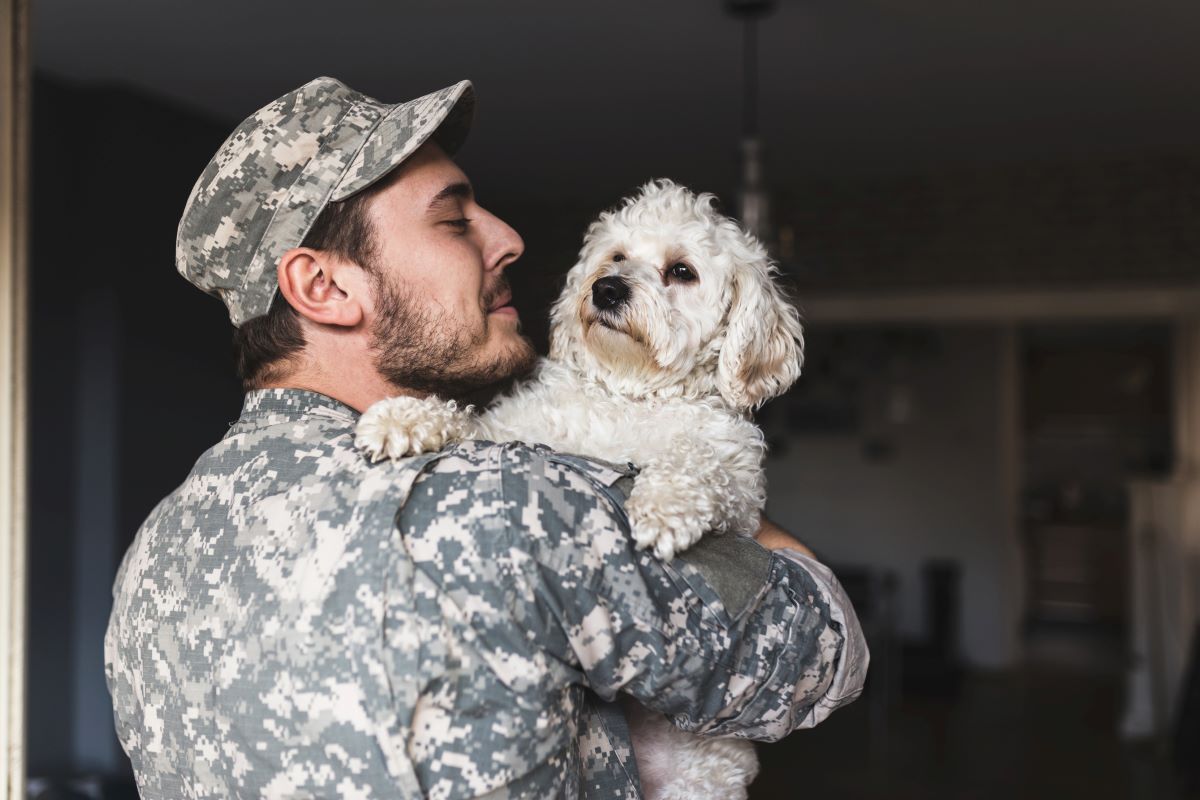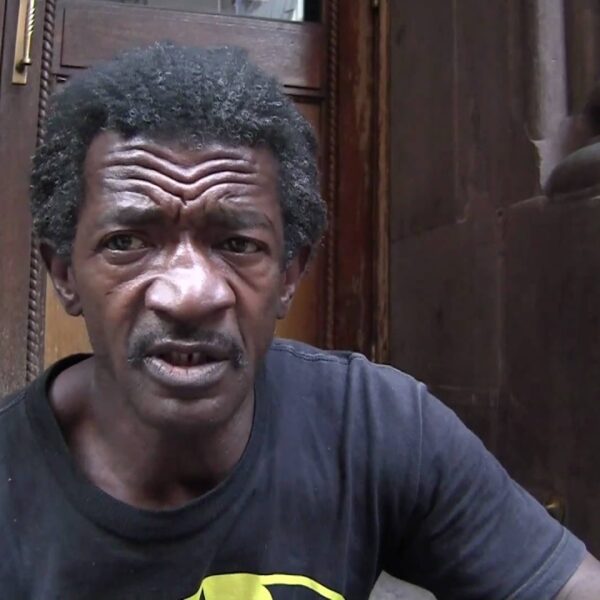2022 was a banner year for decreasing veteran homelessness. In a surprisingly optimistic scenario, the Wall Street Journal reports that in 2022, approximately 40,000 homeless veterans were placed into permanent housing. According to the Biden administration, a key component to the success was implementing a housing-first approach. Here are the details.
Veteran Homelessness by the Numbers
There is currently no reliable method used to quantify homelessness in the United States – veteran or otherwise. What we have in place of an accurate tally is something referred to as a Point in Time Count. This data is gathered on one of the coldest nights of the year and reflects only people identified by volunteers as “visibly homeless.” Described as a snapshot, it is also a miscalculation, and herein lies a perfect example of this fact.
According to the most recent PIT count, there were approximately 33,000 veterans enduring homelessness in 2022. However, this was proven impossible because 44,401 homeless veterans were just placed into permanent housing, and there are still many more homeless vets.
The National Coalition for Homeless Veterans estimates that there are likely twice as many veterans as the PIT count reflects. The scary part is nobody knows for sure. Due, in part, to a lack of data, attempting to end veteran homelessness is akin to taking a shot in the dark. As a testament to how effective the housing first strategy is, that shot in the dark was a bullseye in this case.
In 2022, the Department of Veteran Affairs Aimed to Place 38,000 Houseless Military Veterans into Permanent Housing
The plan to place 38,000 houseless military veterans into permanent homes was presented to the public as a national challenge in 2022. According to the VA’s official website, the goal was set in response to the standstill that happened in 2016. Before that year, veteran homelessness was believed to have been cut in half thanks to a combination of activism and organized politically backed group efforts.
Getting back on track was no small feat. It required the implementation of the five guiding principles listed below:
House’ Literally Homeless Veterans’
The process began with identifying “literally homeless veterans,” a term that encompasses veterans residing in a shelter, transitional housing facility, or any space deemed unfit for human habitation.
Veterans exiting an institutional facility after having experienced homelessness before being committed to the said facility also fall under the umbrella of the term, as do veterans who are classified as homeless under Federal statutes and former soldiers fleeing domestic violence. Once literally homeless veterans were identified, community outreach commenced.
Honor Veteran Choice
To honor the soldiers that served, lived veteran experiences were made the focal point of this operation. Homeless veterans’ individual preferences and needs were carefully considered when applying for housing placement and services.
Lead with Equity
Outreach workers were urged to approach homelessness reduction from an equity standpoint but to eventually house all veterans living under such circumstances.
Provide Supportive Services
Trauma-informed services that suit individual needs were prioritized throughout the process.
Enhance Coordination
Such an ambitious goalpost required collaborative efforts across the board from all entities involved to achieve success.
Even with such strict and strategic guidelines, the VA hosted bi-weekly discussions covering progress, milestones, and expectations.
40,401 Veterans Permanently Housed as a Result of Housing First
The Biden administration aspires to reduce homelessness by 25% by 2025. In terms of veteran homelessness, 2022’s national challenge goal was met and exceeded by a margin of 6.3%, thanks to these efforts.
This is a massive victory, an off-the-battlefield war won. This achievement proves that homelessness can be drastically reduced, perhaps even eliminated, using the Housing First model. It also shows how quickly things get done when leaders strategize and unify and how permanent the results can be.
There is a Difference Between Being Permanently Housed and Being Sheltered
Another notable piece of this victory is that tens of thousands of veterans secured permanent housing instead of temporary shelter. While shelter and housing sound similar, there is a drastic distinction between the two.
Shelter denotes a temporary solution. Most homeless people who are sheltered eventually wind up back on the streets, sometimes in a position even more precarious than before they were placed in a shelter. Temporary shelter can be a positive thing, if used correctly, to ease the burden of transitioning into permanent housing. Sadly, however, it is often merely a ploy used by politicians to shuffle the problem around rather than solve it.
Permanent housing is, as the name suggests – true housing, complete with supportive services designed to prevent future episodes of homelessness. For a housing unit to be classified as permanent by HUD standards, there can be no limitations on the length of the stay.
Talk to Your Representatives About Using these Tactics to End Homelessness Now
If we can permanently house more than 40,000 veterans in one year, we can end homelessness or at least drastically reduce it. As the Biden administration continues to advocate for Housing First initiatives, please urge your legislators to do the same. Getting our neighbors without walls into permanent accommodations is a goal we should all be able to get behind, regardless of political affiliation.













